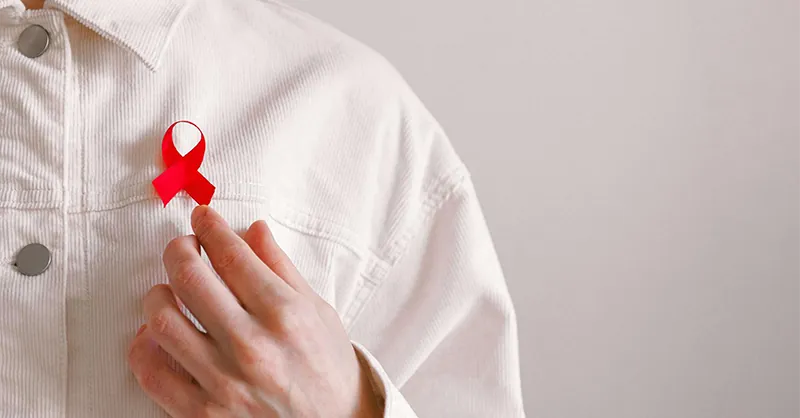
The Elusive Quest for an HIV Cure: What's Keeping Researchers Up at Night?
2024-11-29
Author: Michael
As of October 2023, approximately 39 million people worldwide are living with HIV, and the Joint United Nations Programme on HIV/AIDS (UNAIDS) has set an ambitious target: to eliminate HIV transmissions entirely by the year 2030. This goal was prominently highlighted during World AIDS Day on December 1, themed "Take the rights path: My health, my right!"
The Global Picture and Research Breakthroughs
The challenge of developing a cure for HIV is daunting, but researchers at institutions like Schulich School of Medicine & Dentistry are at the forefront of addressing these struggles. Emphasizing innovative approaches, these scientists are not just studying the virus; they’re diving deep into its mechanics to better understand why certain individuals are more susceptible to HIV and how the virus manages to elude the immune system.
Understanding the Complexity of HIV
HIV is deceptively simple in its structure but exceedingly complex in behavior. It can effectively hide from the body’s immune defenses by integrating its genetic material into the DNA of host cells, creating what are known as latent reservoirs. These dormant cells can stay inactive for long periods, thus making them challenging targets for treatment. As soon as these cells are activated, they can generate new viruses capable of infecting other cells or being transmitted to new hosts.
The Roadblocks to a Cure
One of the main reasons why finding a cure is so elusive is the integration of HIV DNA into human DNA, allowing the virus to remain undetected by the immune system. Current antiretroviral therapies (ART) have made significant strides in managing HIV by preventing the replication of the virus. However, they do not eliminate the latent reservoirs of HIV DNA that remain in the body.
Innovative Treatment Approaches
Recent advancements in HIV treatment include pre-exposure prophylaxis (PrEP). Traditional formulations require daily dosing, which can be a barrier to consistent use. However, the introduction of longer-lasting alternatives like Lenacapavir, tested successfully in South Africa and Uganda with zero transmission cases, may revolutionize HIV prevention. This progress could ease adherence barriers and significantly reduce transmission rates.
Challenges in Ending HIV
Despite significant progress, several challenges remain in the quest for an end to HIV and AIDS as public health concerns. Stigma surrounding the virus still hampers testing and treatment access, particularly in some regions of Canada and around the globe. Education on the disease is crucial, as many remain unaware that individuals living with HIV can lead normal, healthy lives if they receive proper treatment.
Socio-Cultural and Economic Hurdles
To meet the UNAIDS’ 95-95-95 targets by 2030, which call for 95% of those living with HIV to know their status, 95% of those diagnosed to receive treatment, and 95% of treated individuals to achieve viral suppression, a significant investment in education, testing, and treatment access is essential. Targeted efforts must focus on key populations disproportionately affected by HIV, such as men who have sex with men, intravenous drug users, and sex workers, who often face discrimination and stigmatization.
Conclusion
The climb towards eradicating HIV is steep but not insurmountable. With continued innovation in treatment, increased awareness, and a commitment to breaking down socio-cultural barriers, the goal of ending HIV transmissions by 2030 is within reach. Scientists and public health advocates are working tirelessly to ensure that effective strategies are not just available but accessible to all, pushing us closer to the day when HIV may no longer be a global health challenge. The urgency to educate, treat, and transform lives in HIV-positive communities is more critical than ever.









 Brasil (PT)
Brasil (PT)
 Canada (EN)
Canada (EN)
 Chile (ES)
Chile (ES)
 España (ES)
España (ES)
 France (FR)
France (FR)
 Hong Kong (EN)
Hong Kong (EN)
 Italia (IT)
Italia (IT)
 日本 (JA)
日本 (JA)
 Magyarország (HU)
Magyarország (HU)
 Norge (NO)
Norge (NO)
 Polska (PL)
Polska (PL)
 Schweiz (DE)
Schweiz (DE)
 Singapore (EN)
Singapore (EN)
 Sverige (SV)
Sverige (SV)
 Suomi (FI)
Suomi (FI)
 Türkiye (TR)
Türkiye (TR)